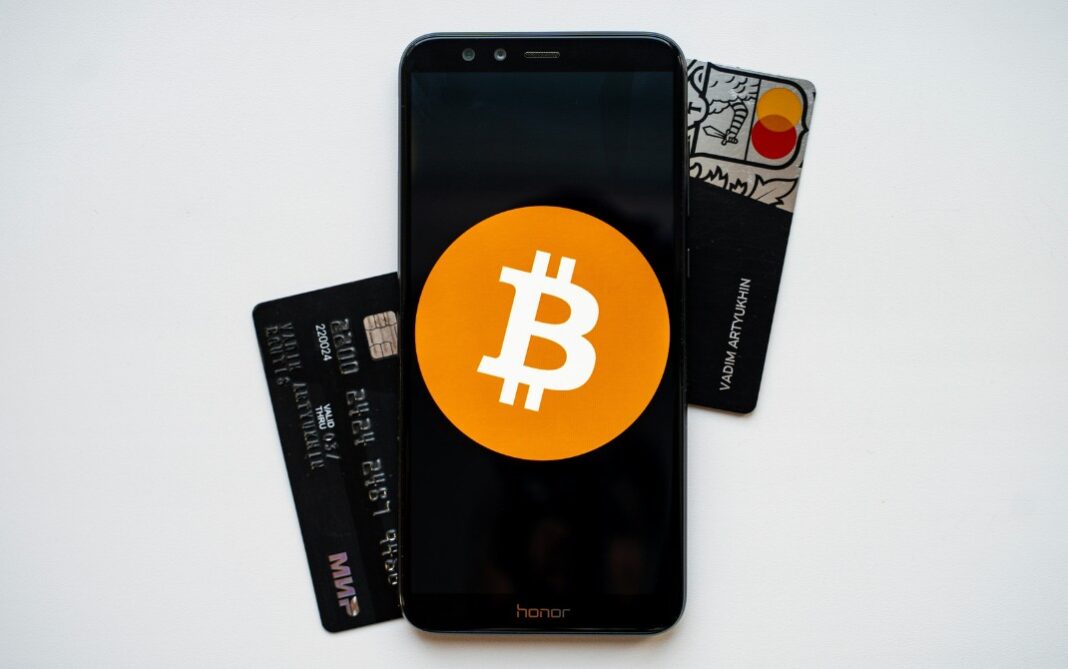Blockchain technology has become the backbone of digital finance, decentralized applications, and next-generation data management. Its promise of transparency, immutability, and decentralization has attracted industries ranging from banking and healthcare to supply chain and gaming. Yet, as adoption accelerates, so do the threats. From crypto wallet hacks to node vulnerabilities, blockchain systems are facing sophisticated attacks that challenge the perception of an unbreakable digital ledger. Closing these security gaps is now critical to maintaining trust and ensuring blockchain fulfills its transformative potential.
Also Read: Secure Layer‑2: Merging Scalability & Safety
Understanding the Security Landscape
The misconception that blockchain is automatically secure has left some systems vulnerable. While the core technology is inherently resistant to tampering due to its distributed nature, the ecosystem surrounding it presents multiple points of entry for attackers.
Crypto wallets, which store users’ private keys, are prime targets for phishing attacks, malware, and social engineering. A single compromised private key can lead to significant financial loss because blockchain transactions are irreversible.
Nodes, the individual machines participating in a blockchain network, are another critical component. If nodes are improperly secured or fall victim to denial-of-service attacks, they can disrupt consensus and leave the network exposed. For public blockchains, malicious actors may even attempt a 51% attack, where they control the majority of the network’s computing power to manipulate transactions.
Wallet Security: The First Line of Defense
Securing wallets is essential because they are the entry point for most users into blockchain ecosystems. Hardware wallets, often called “cold wallets,” offer the most robust defense by keeping private keys offline, safe from online threats. Multi-signature wallets add another layer of security by requiring multiple parties to authorize transactions, reducing the risk of a single point of failure.
Emerging solutions such as biometric authentication and secure enclave processing in mobile devices are also helping to protect user access. Education remains a key factor—users must recognize phishing attempts and avoid storing private keys in unsecured locations.
Node Security: Strengthening the Network
While wallets protect individual assets, nodes safeguard the network’s integrity. Securing nodes begins with best practices such as strong authentication, encrypted communications, and timely software updates.
Running nodes on dedicated servers with firewalls and intrusion detection systems helps mitigate attacks. Regular monitoring for suspicious activity and ensuring redundancy across geographically distributed nodes can reduce the impact of potential downtime or breaches.
Blockchain networks are also adopting consensus mechanisms that enhance security. Proof-of-Stake (PoS), for example, incentivizes honest participation and reduces the risk of majority attacks compared to traditional Proof-of-Work (PoW) systems.
Closing the Gaps with Layered Security
Blockchain security is most effective when approached with a layered strategy. Smart contract audits are now standard to prevent vulnerabilities that could be exploited by hackers. Advanced threat detection powered by artificial intelligence can monitor unusual activity across the network and trigger alerts before damage is done.
In addition, decentralized identity and zero-trust frameworks are being explored to ensure that participants are verified without compromising privacy. This combination of preventive measures and proactive monitoring strengthens the entire blockchain ecosystem, from wallets to nodes.
Also Read: MPC in Blockchain: Securing Secrets Together
Conclusion
As blockchain technology becomes a core component of finance, healthcare, and logistics, the importance of airtight security cannot be overstated. Users, developers, and enterprises must collaborate to identify and close gaps that could undermine the very trust blockchain is designed to provide.
By securing wallets, fortifying nodes, and implementing a layered defense strategy, the blockchain industry can evolve confidently into a secure, resilient future. Protecting every link in the chain ensures that the technology lives up to its promise, enabling innovation without sacrificing safety.




